 Collection
All Items
Colouring the Revolution: Chromatic Vibrancy of Wilson Shieh in Kom Tong Hall (Image)
Collection
All Items
Colouring the Revolution: Chromatic Vibrancy of Wilson Shieh in Kom Tong Hall (Image)
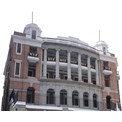
- Dr Sun Yat-sen Museum
Built in 1914, Kom Tong Hall was originally the residence of prominent Hong Kong businessman Ho Kom Tong. It was gazetted as a Declared Monument of Hong Kong in 2010. The Hong Kong Government bought Kom Tong Hall in 2004 and converted it into the Dr Sun Yat-sen Museum.
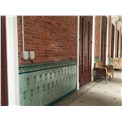
- Corridor in Dr Sun Yat-sen Museum
The architectural details tell the life stories of the building. The patterns on the tiles give clues to the owner's interest and the cultural features of the times.
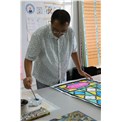
- Artist Wilson Shieh
Wilson Shieh hoped to inject more vivacity of colours into Kom Tong Hall through his paintings.
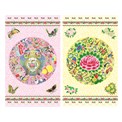
- Guangdong, late Qing Dynasty
Dr Sun Yat-sen lived in his hometown, Cuiheng Village in Xiangshan County, Guangdong Province when he was young. The region produced a local type of enamel ware called Guangcai, or 'Canton enamels'. Such images and decorations constituted the theme of this panel. (Guangdong, late Qing Dynasty by Leung Lai Man, Jess)
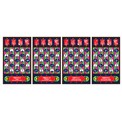
- Early Republic of China
The window designs of Shanghai that merged traditional sculpture and western-style stained glass windows were used for featuring the period of the 1911 Revolution. (Early Republic of China by Wilson Shieh)
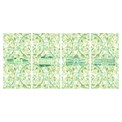
- Hong Kong Victorian era
The screen pattern in Victorian style implied Dr Sun Yat-sen's period of studying in Hong Kong. (Hong Kong, Victorian era by Wong Wing Shan (Flyingpig))

- Japan, Meiji period
After failure of first uprising in 1895, Dr Sun Yat-sen underwent an exile in Japan. The ukiyo-e genre which depicted Japanese customs and lifestyles was aptly regarded as the representative feature of pre-modernist Japanese art. (Japan, Meiji period by Cheng Ting Ting and Cho Wing Ki)
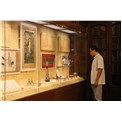
- Artefacts in Dr Sun Yat-sen Museum
Converted into Dr Sun Yat-sen Museum, Kom Tong Hall is now displaying with historical archives and artefacts to tell the story of Dr Sun Yat-sen.
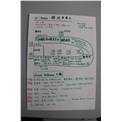
- Seven important stages in Dr Sun Yat-sen's life
Wilson Shieh had sorted out seven important stages in Dr Sun Yat-sen's life, studying the respective regional features of the times.
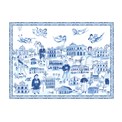
- Macau, Portuguese style
From the 16th to 20th century, Macau had been a Portuguese colony. The blue-and-white ceramic tiles have become an iconic feature of Macau. (Macau, Portuguese style by Cho Wing Ki)